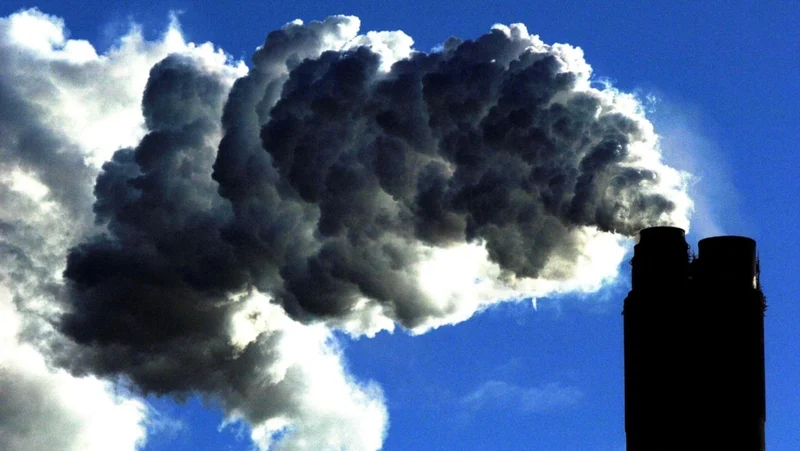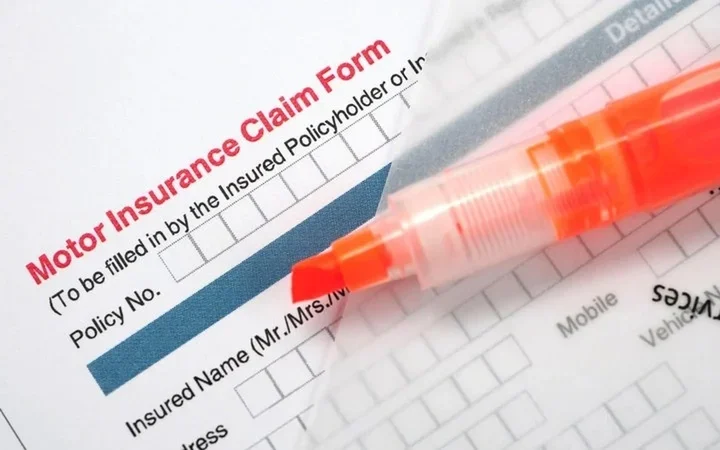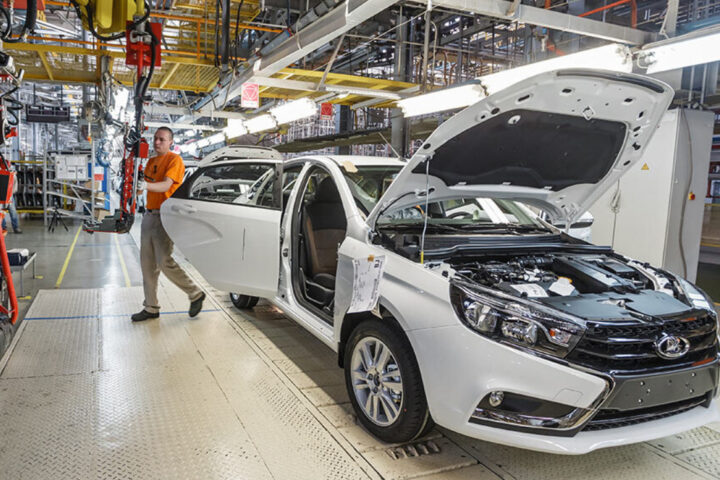Ireland emitted 54 million tonnes of climate polluting greenhouse gases last year, according to the Environmental Protection Agency. This was 2% lower than in 2023.
It was the third consecutive year of reductions and the 16th occasion in the past 23 years that greenhouse gas emission went down.
EPA Director General Laura Burke said, however, that the fall was not enough and the reduction would need to be five times greater this year for Ireland to stay within the carbon budget required to achieve its EU and national climate targets.
The EPA report says 10 tonnes of greenhouse gases are emitted into the atmosphere every year, for every person in the country.
38% comes from farms, almost 22% from transport, just over 13% from producing energy, and a little over 10% from heating buildings.
Aggregate emissions from all sectors fell by 2% last year.
Although this represents a move in the right direction it is unimpressive compared to the reduction in 2023, when emissions went down by 6.8%.

Emissions went down in nearly all key sectors last year
There was an 8.9% reduction in emissions from generating electricity, a 1.2% reduction in emission from transport, and a 4.6% reduction in emissions from industry.
The winter months of 2024 were significantly colder than 2023. As a result there were 6.8% more days when heating was required. Emissions from the residential sector went up by 5.6% because of this.

The EPA says that while these findings are tangible and underscore the effectiveness of climate action and decarbonisation strategies, they are not good enough.
Ireland’s greenhouse gas emissions at the end of 2024 were 11% below 2005 levels. This is well short of its binding EU commitment of a 42% reduction by 2030.
The report says a further 10% cut in overall emissions is needed in 2025 to stay on target.
EPA Senior Manager Dr Tomás Murray described how some sectors face greater challenges to decarbonise than others.
Agriculture and transport each require significant emissions cuts of 5.6% and 15.5%, respectively, in 2025 to meet their indicative percentage reduction targets.
According to the report emissions from agriculture fell by 1.7% last year.
The most significant driver of this reduction was a decrease in the total number of cattle, which was down by 2.9%.

Dairy cow numbers fell by 1.7%
This is the first annual reduction, after 13 consecutive years of increases, in dairy cow numbers – although average milk output for each dairy cow increased last year by 1.3%.

In addition, there was a reduction of 3.2% in the number of non-dairy cattle in the country, as well as a 7.9% reduction in the number of sheep.
The benefit in terms of lower emissions from these trends in agriculture was partly offset however, by extra emissions associated with a greater use of nitrogen fertiliser, which went up by 10.6%.
Electricity consumption for transport increased by 35.6% as the number of electric cars continued to rise.
Meanwhile, in the energy sector, emissions went down by 8.9% last year.
This was the third consecutive annual reduction in greenhouse gases from energy industries.
The reduction was partly due to an increase in the amount of electricity imported from the UK. The total amount imported was 5,062 gigawatt hours.
This was equivalent to 14% of Ireland’s electricity supply in 2024, up from 9.5% of electricity imported in 2023.
The EPA says if that amount of electricity had been generated in Ireland instead of being imported, it would have added an additional 1.5 million tonnes of greenhouse gas emissions to Ireland’s emissions in 2024.
In the transport sector, the reduction in greenhouse gas emissions was 1.2% last year.
This was the first reduction in emissions from the sector since 2020. Today’s report details a 4.1% increase in the national transport fleet last year.
Yet despite a rebound in the amount of traffic on Irish roads since Covid-19, emissions from the sector are still 5.4% below where they were before the pandemic.
Passenger cars are responsible for 49% of road transport emissions. Heavy goods vehicles and buses account for 31%. The remaining 20% of road transport emissions come from Ireland’s light goods vehicles and vans.
There was an increase of 48.5% in bioethanol mixed into petrol, and a 11.6% increase in the biodiesel mix.
Petrol consumption overall went up by 3% while diesel consumption went down by 2.5%.
‘An implementation challenge’
The Director of the Office of Evidence and Assessment at the EPA has said that we know what needs to be done in relation to climate action, but this is now “an implementation challenge”.
Speaking on RTÉ’s Morning Ireland, Dr Eimear Cotter said that Ireland will be subject to fines if we miss our climate targets.
“There will be significant costs of compliance and potentially fines if we were not to achieve our targets,” she said.
“For us in the EPA, we would see this as a huge, missed opportunity that that investment, those funds, should stay in the country, should be invested in Ireland and help our economy and reduce our own emissions.
“This is now an implementation challenge,” Dr Cotter said.
“We know what we need to do. We’ve had climate action plans published for the last number of years. All of the policy and measures that have been elaborated, and those plans are there.
“This really now comes down to implementing those, delivering those on the ground to achieve those emission reductions.”















